International
Even in the Nido de las Águilas, a section without a wall, border crossings in the United States go down
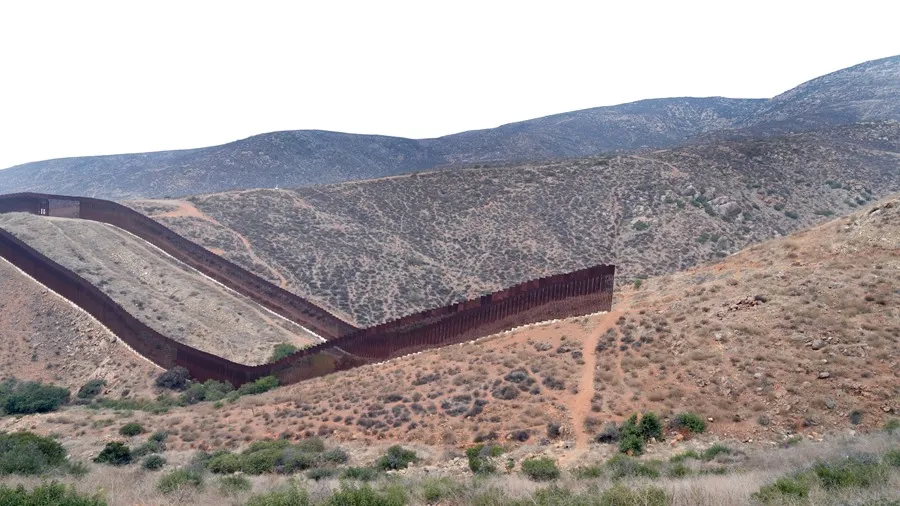
The crossing of asylum-seeking migrants has been reduced in recent weeks on the border of California (USA) with Mexico, even by the popular Nido de las Águilas, a stretch of about 500 meters without a wall and one of the favorites of coyotes or human traffickers in decades.
The Border Patrol recognizes that the area, just 5 kilometers east of the urbanized area of San Diego, where the Otay mountains begin to be steep, is still one of the resources of migrants to enter the country. “There are migrants who still continue to cross in that area, as in others of the San Diego Sector of the Border Patrol,” said officer Gerardo Gutiérrez.
However, the Patrol says it does not know how many people have crossed there since President Donald Trump took office on January 20. Throughout San Diego County, civilian groups and the Coast Guard have reported a total of 77 detainees, but now most, 63, have arrived by sea, and there are no reports of arrests in the area without walls.
Residents of the place told EFE that although they still hear nocturnal noises of people passing by, now it is minimal. “I would tell you that at the end of 2023 large groups of people passed by, from about 30 to 40 people every now and then. One group was on right now and in minutes the other. Now I only have to see a small group of four people and stop counting, that was all, about two weeks ago,” Ventura, a resident of the area in Tijuana (Mexico) told EFE.
“I see that they continue to arrive, but it can no longer be compared,” said another resident of the Nido de las Águilas neighborhood, a highly populated neighborhood in Tijuana where the border wall about 9 meters high is interrupted.
The resident whose window has a direct view of the border said that now “very few people are seen crossing. Nothing as it was until a few months ago.”
Without wanting to say his name or accepting that photos be taken “for safety”, he said that “before they were groups every now and then: last year still sometimes in an hour I could see groups one after another.”
‘El Nido’ became one of the most frequented corridors since the 1990s, when the construction of the wall with Mexico began for the first time on the San Diego border and the Border Patrol deployed for the first time a larger operation, Operation Guardian.
The wall was then a closed metal obstacle ten feet (about 3 meters) high with a sharp finish that often cut fingers or caused injuries to migrants.
But unlike San Diego, with the largest and most populated urban area on the US border, ‘El nido’ has constantly had less surveillance and still has no wall, on top of a hill.
From the homes of the people who live in Mexico you can see the two interrupted parallel walls, and also if there is surveillance of the Border Patrol. For those ‘adventages’, it became known as a neighborhood of coyotes.
However, the mountain and open field area on the side of the United States, represents much less obstacle than, for example, San Ysidro, about 10 kilometers to the west, where there is not only a double wall and greater surveillance of patrol boats, but also teams of military engineers reinforced with barbed wire.
Another of the sections where migrants still arrive is to an area between parallel border walls to the west of the San Ysidro checkpoint, where in previous years thousands of people came to camp in search of asylum.
The director of the American Friends Committee, Pedro Ríos, who has headed a permanent post of assistance to migrants who arrive at that point reports only two groups so far this month: eight people from the Middle East and Africa, and a family of six people from Uzbekistan.
The other resource, more frequented since last January 20, is the sea, which has led the Coast Guard to take charge for the first time of intercepting boats with migrants, a task that CBP previously carried out in the Pacific with the support of the Border Patrol.
The Office of Customs and Border Protection (CBP) reported on Tuesday an 85% reduction in crossings along the southern border with Mexico during the first eleven days of the Trump administration, compared to the same period in 2024.
Since former President Joe Biden (2021-2025) decreed greater restrictions on asylum in June 2024, border crossings have been decreasing.
International
DHS Secretary Kristi Noem’s Purse Stolen in D.C. Restaurant Heist
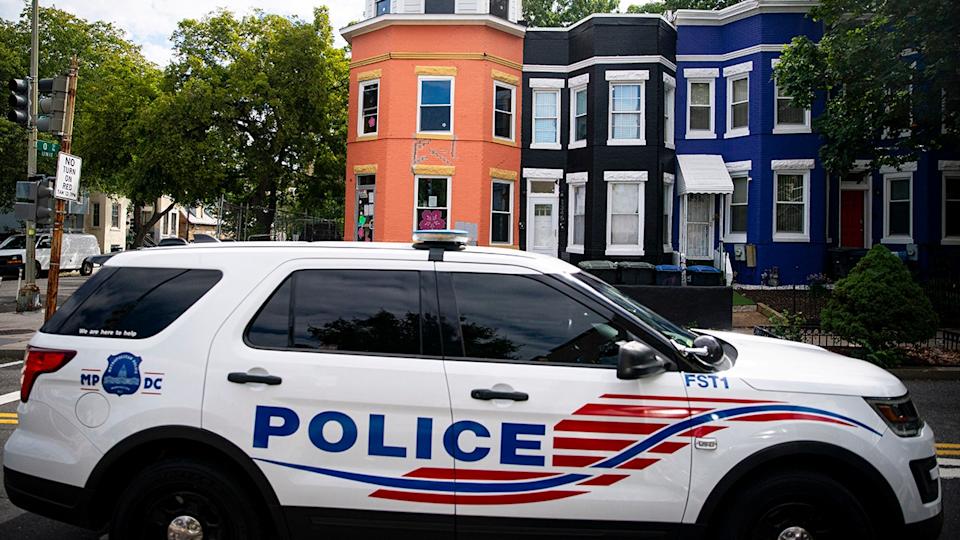
The purse of Kristi Noem, Secretary of the Department of Homeland Security, was stolen on Sunday night at a restaurant in Washington, D.C., Fox News Digital confirmed through several agency sources.
The handbag, taken by a white male wearing a mask, reportedly contained $3,000 in cash along with personal documents, including her passport, keys, driver’s license, and DHS badge, according to an agency spokesperson.
“Her entire family was in town, including her children and grandchildren. She was celebrating her retirement by treating them to dinner, activities, and Easter gifts,” the spokesperson added.
Crime continues to be a significant issue in the U.S. capital, particularly theft. However, violent crime reached its lowest level in 30 years last year, according to the Office of the Attorney General at the time.
International
Pope Francis: The Quiet Architect Behind the U.S.-Cuba Thaw
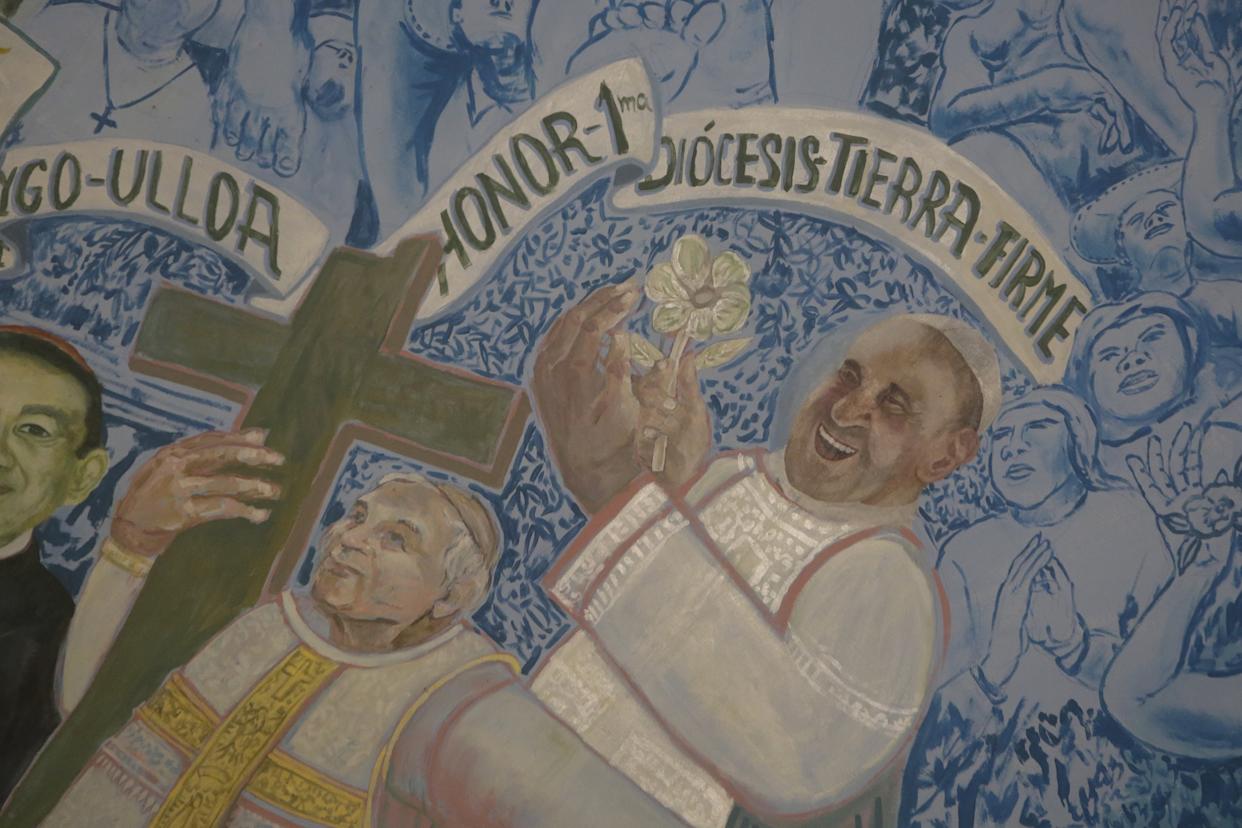
When then-U.S. President Barack Obama and Cuban President Raúl Castro announced the reestablishment of diplomatic relations in December 2014—after decades of hostility—there was a third figure present in both speeches: Pope Francis.
This thaw in U.S.-Cuba relations—later reversed by Donald Trump—was the result of behind-the-scenes negotiations personally encouraged by Pope Francis, who passed away on Monday at the age of 88, just over a year after becoming head of the Catholic Church.
Upon learning the news of the breakthrough, the pontiff humbly stated, “This was made possible thanks to the ambassadors and to diplomacy,” which he called “a noble, very noble job.”
In 2015, months after the announcement, Raúl Castro visited the Vatican and met with the pope. Over time, Castro developed a fondness for Francis that he never had for his predecessors, Benedict XVI and John Paul II. “If the Pope continues talking like this, sooner or later I’ll start praying again and return to the Catholic Church—and I’m not joking,” said the younger Castro, who, like his brother Fidel (1926–2016), had been educated by Jesuits—the same order to which Pope Francis belonged.
Pope Francis visited Cuba later that year. Just days before his arrival, the Cuban government announced the pardon of 3,522 common prisoners as an act of clemency.
While in Havana, the pope met with Fidel Castro, who gave him a first edition of the book Fidel and Religion by Brazilian friar and liberation theologian Frei Betto.
Criticism from the Opposition
Francis’s diplomatic approach also drew criticism from parts of the Cuban opposition. In a 2022 interview with Univision, the pope revealed he had “a human relationship” with Raúl Castro.
International
Dominican Republic Declares Three Days of Mourning for Pope Francis
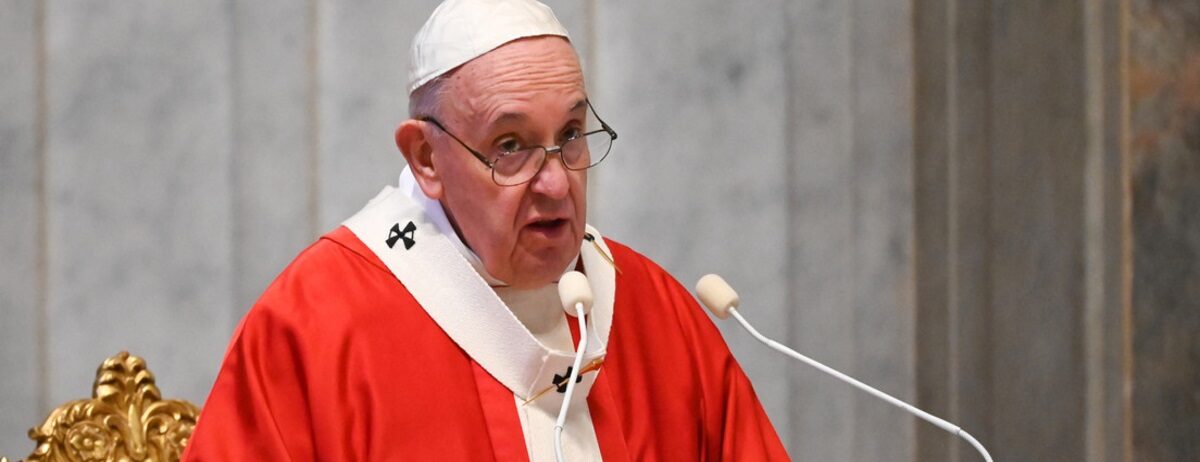
Dominican Republic President Luis Abinader has declared three days of national mourning starting Tuesday following the death of Pope Francis, who passed away on Monday at the age of 88 in his residence at the Casa Santa Marta.
In an official decree, Abinader highlighted the pope’s legacy “as a global leader who promoted significant reforms within the Catholic Church and was known for his humility, openness to dialogue, and commitment to peace among nations.”
During the mourning period, the national flag will be flown at half-staff at military facilities and public buildings.
According to a statement from the Office of the Presidency, although Pope Francis never visited the Dominican Republic during his papacy, he maintained a close relationship with the country. He expressed solidarity and empathy during difficult times, including offering prayers for the victims of the recent tragedy at a Santo Domingo nightclub on April 8, which claimed 232 lives and left more than 180 injured.
-
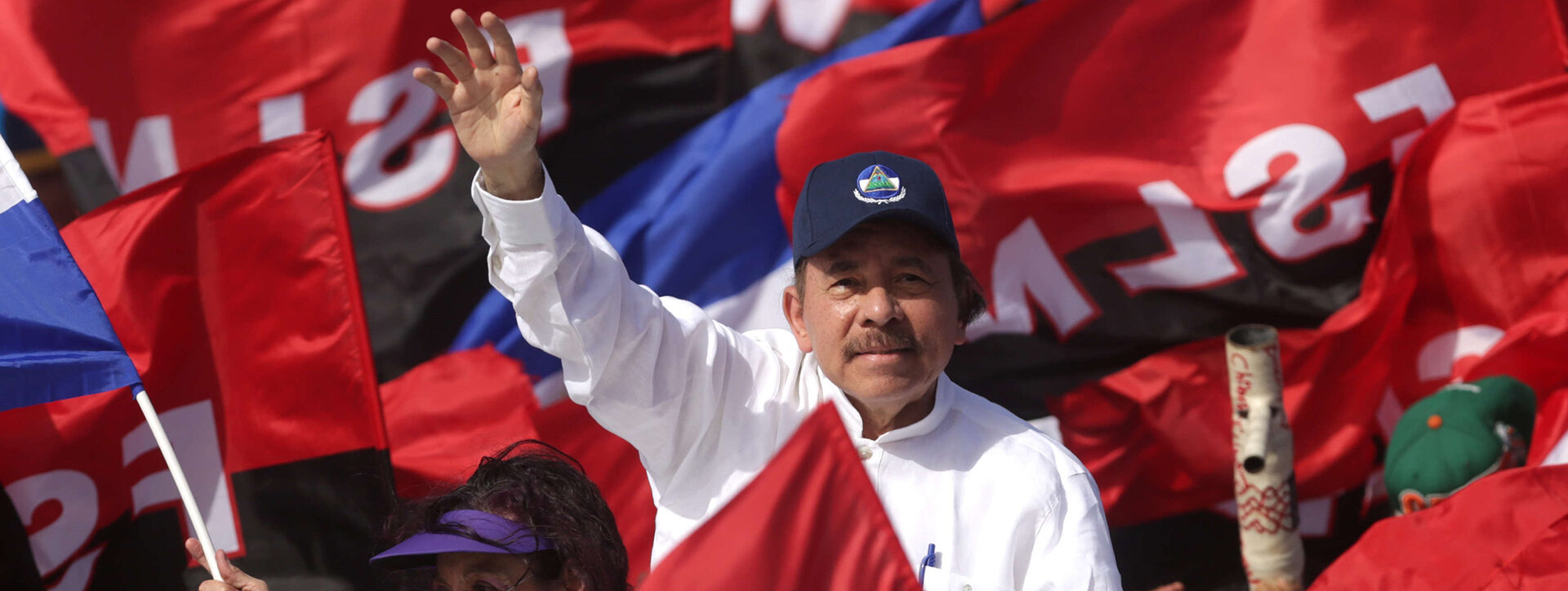
 Central America4 days ago
Central America4 days agoNicaraguan Exiles to Mark 7th Anniversary of 2018 Protests with Global Commemorations
-

 International4 days ago
International4 days agoDominican ‘False Hero’ Arrested for Faking Role in Nightclub Collapse That Killed 231
-
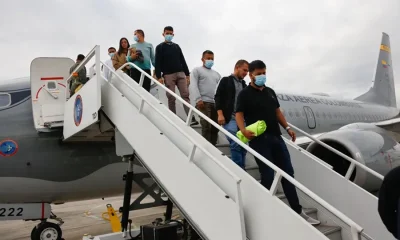
 International3 days ago
International3 days agoACLU seeks emergency court order to stop venezuelan deportations under Wartime Law
-
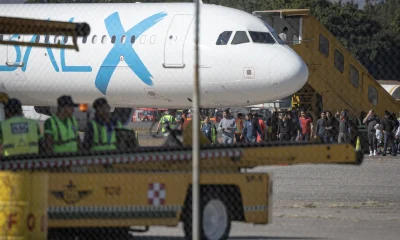
 Central America3 days ago
Central America3 days agoUN complaint filed against Costa Rica over detention of migrant children
-
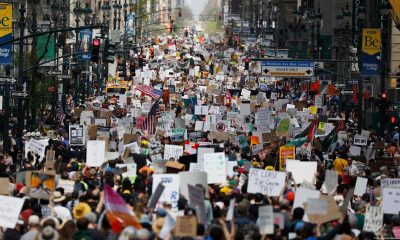
 International2 days ago
International2 days agoThousands rally nationwide against Trump’s threat to U.S. democracy
-
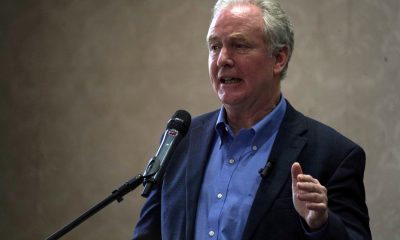
 Central America1 day ago
Central America1 day agoSenator Van Hollen Meets with Deported MS-13 Member in El Salvador; Trump and Bukele React
-

 International1 day ago
International1 day agoPope Francis Appears for Easter Blessing, Calls for Peace and Religious Freedom
-
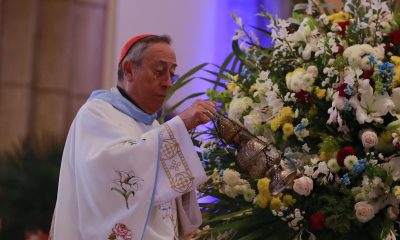
 Central America5 hours ago
Central America5 hours agoCardinal Rodríguez to Attend Funeral of Pope Francis: “He Was Very Dear to Me”
-

 International5 hours ago
International5 hours agoDominican Republic Declares Three Days of Mourning for Pope Francis
-
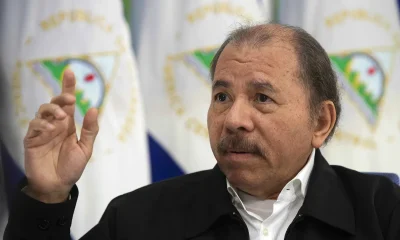
 Central America5 hours ago
Central America5 hours agoNicaragua’s Ortega and Murillo Mourn Pope Francis, Acknowledge ‘Difficult’ Relationship
-

 International5 hours ago
International5 hours agoDHS Secretary Kristi Noem’s Purse Stolen in D.C. Restaurant Heist
-
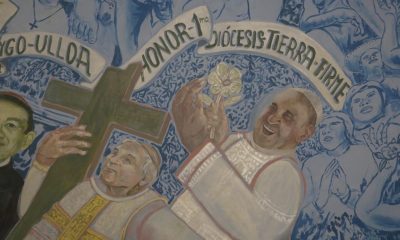
 International5 hours ago
International5 hours agoPope Francis: The Quiet Architect Behind the U.S.-Cuba Thaw















